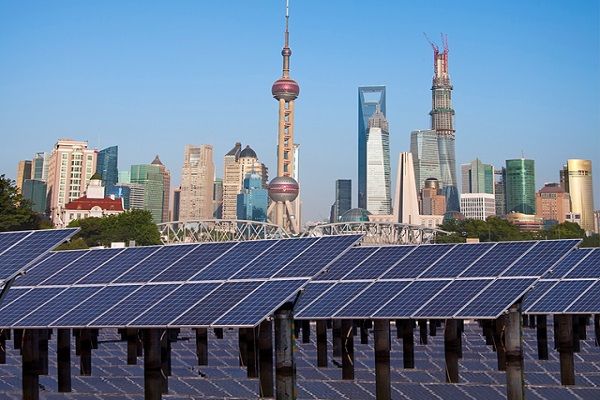A report has found that the share of renewables built as part of China’s Belt and Road Initiative (BRI) has increased from 19 per cent 10 years ago to 47 per cent in 2022.
It has faced both praise and criticism, with supporters arguing that it can promote economic development and connectivity among participating countries, while critics raise concerns about debt sustainability, environmental impact and the geopolitical implications of China’s increased influence.
The report from Wood Mackenzie, Belt & Road at 10: powering on through growing pains, found that overseas power projects built by Chinese companies now amount to an estimated investment value of around $200bn (£160bn), consisting of over 300 projects producing 128 GW of power – equivalent to 1.3 times Australia’s installed capacity in 2022.
Asia has emerged as the primary destination for BRI power projects, accounting for 75 per cent of the total capacity.
Among the completed projects, 62 coal and 30 gas power projects represent 57 per cent of the total project capacity. Additionally, 199 renewable projects, including wind, solar and hydro, have been completed, contributing to 68 per cent of projects and 37 per cent of capacity. The remaining 6 per cent of the capacity is from nuclear and other sources.
However, challenges have emerged, leading to the cancellation or shelving of over 20 per cent of projects to date. These projects had a capacity of 54 GW, which included 33 GW of coal, 12 GW of hydro, 6 GW of gas, 2 GW of solar and 0.4 GW of wind.
Coal power projects were the most affected, primarily due to changes in policy and increased political pressure to reduce carbon emissions. China’s ‘No new overseas coal power’ policy, announced in September 2021, has had a significant impact on the BRI project pipeline.
Nevertheless, Greenpeace claims that the country still approved more than 50 gigawatts (GW) of new coal power in the first six months of 2023 despite its carbon reduction commitments.
Alex Whitworth, head of Asia Pacific power and renewables research at Wood Mackenzie, said: “Despite making progress, Chinese companies have faced significant challenges, particularly in developing markets. Of the 481 BRI projects that Wood Mackenzie monitored, 72 were either cancelled or put on hold after initiating them. Most affected projects were in Asia and Africa, with Asia contributing 60 per cent and Africa contributing 32 per cent of the total capacity.”
Source: E&T










